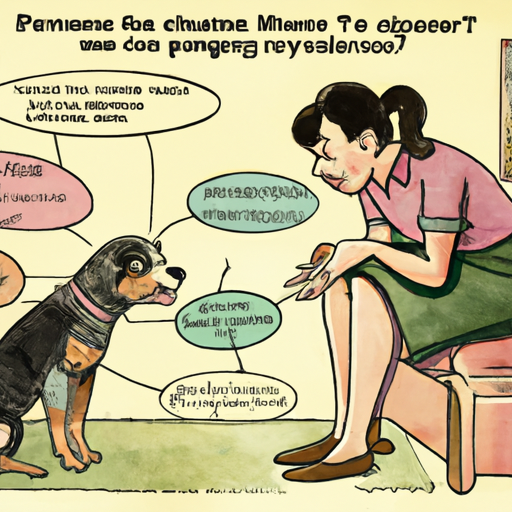As a dog owner, it’s natural to be alarmed if you notice any changes in your pet’s physical appearance or behavior. One such change could be a swollen vagina in female dogs, a condition medically referred to as vaginitis. Understanding the causes, symptoms, treatment, and prevention can help you ensure the best care for your furry friend.
Table of Contents
- Understanding Vaginitis in Dogs
- Causes of Swelling
- Symptoms to Look Out For
- Treatment and Prevention
- When to Seek Veterinary Help
- FAQs
Key Takeaways
- Vaginitis in dogs can be caused by a number of factors, including bacterial infections, allergies, foreign bodies, or tumors.
- Symptoms can include excessive licking, abnormal discharge, and changes in urination habits.
- Treatment usually involves addressing the underlying cause and may include antibiotics, anti-inflammatory medication, or surgery in more severe cases.
- Good hygiene and regular check-ups can help prevent many cases of vaginitis.
Understanding Vaginitis in Dogs
Vaginitis is an inflammation of the vagina that can occur in dogs of all ages and breeds. It can be acute or chronic, and it may be associated with other health conditions such as urinary tract infections or hormonal imbalances. For more information on dog health, you can visit here.
Causes of Swelling
Swelling may be the result of several factors:
- Bacterial Infections: The vagina hosts a variety of bacteria that usually don’t cause problems. However, an overgrowth of certain types can lead to inflammation and swelling.
- Foreign Bodies: Swelling can occur if a foreign object, such as a stick or a piece of grass, is lodged in the vagina.
- Allergies: Allergic reactions to certain substances, like some types of soap or shampoo, can cause inflammation.
- Tumors: Although rare, tumors in the vaginal area can cause swelling.
Symptoms to Look Out For
Apart from the physically noticeable swelling, there are other symptoms of vaginitis in dogs that owners should be aware of. These include:
- Excessive licking of the vaginal area
- Abnormal discharge
- Changes in urination habits
- Behavioral changes such as restlessness or loss of appetite
Treatment and Prevention
Treatment for vaginitis in dogs depends on the underlying cause. For bacterial infections, antibiotics are usually prescribed. In the case of foreign bodies, a vet may need to manually remove the object. If allergies are the culprit, the allergen must be identified and avoided. In severe cases, such as tumors, surgery may be required. For more detailed information on dog care, check out this post.
Prevention involves maintaining good hygiene for your pet. Regularly clean your dog’s bedding and avoid using products that may cause allergic reactions. Regular vet check-ups can also help catch any potential issues early.
When to Seek Veterinary Help
If you notice swelling in your dog’s vagina, it’s important to seek veterinary help as soon as possible to determine the cause and appropriate treatment. Delaying could lead to complications and further discomfort for your dog. For tips on when to seek veterinary help, read this article.
FAQs
Q: Can vaginitis in dogs go away on its own?
A: Some mild cases of vaginitis may resolve on their own, but it’s always best to consult with a vet to avoid potential complications.
Q: Can male dogs get vaginitis?
A: No, vaginitis is a condition that affects the female dog’s vagina. However, male dogs can suffer from similar conditions, such as prostatitis or urinary tract infections.
Q: How can I prevent my dog from getting vaginitis?
A: Keeping your dog clean, avoiding allergens, and regular vet check-ups can help prevent many cases of vaginitis.
Q: How is vaginitis diagnosed in dogs?
A: Vets typically diagnose vaginitis through a physical examination and lab tests such as urinalysis or vaginal cultures.
In conclusion, if you notice your dog’s vagina is swollen, it’s essential to seek veterinary help. It could be a sign of vaginitis or other health issues. Armed with knowledge and the right care, you can ensure your dog remains healthy and happy.



